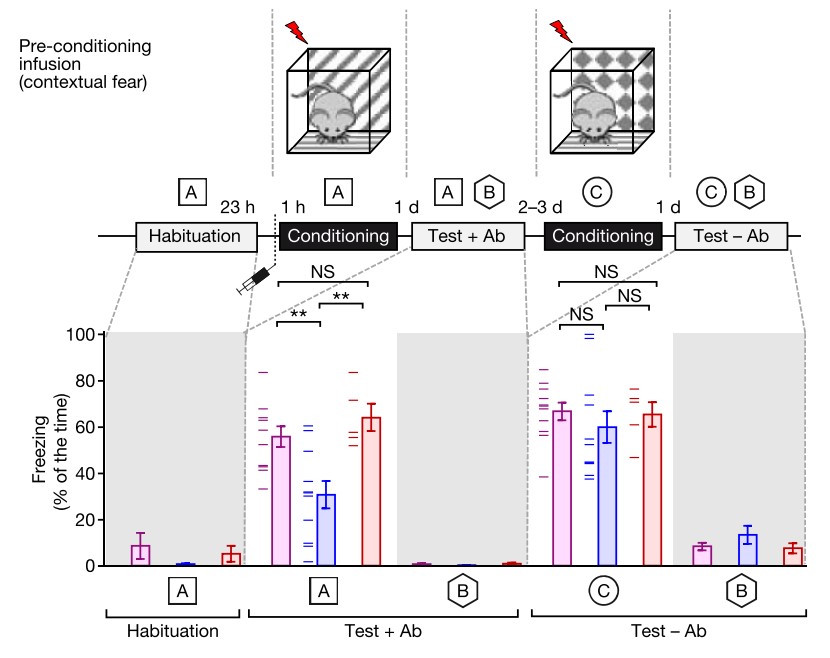- Home
-
Screening
- Ionic Screening Service
-
Ionic Screening Panel
- Ligand Gated Ion Channels
- Glycine Receptors
- 5-HT Receptors3
- Nicotinic Acetylcholine Receptors
- Ionotropic Glutamate-gated Receptors
- GABAa Receptors
- Cystic Fibrosis Transmembrane Conductance Regulators (CFTR)
- ATP gated P2X Channels
- Voltage-Gated Ion Channels
- Calcium Channels
- Chloride Channels
- Potassium Channels
- Sodium Channels
- ASICs
- TRP Channels
- Other Ion Channels
- Stable Cell Lines
- Cardiology
- Neurology
- Ophthalmology
-
Platform
-
Experiment Systems
- Xenopus Oocyte Screening Model
- Acute Isolated Cardiomyocytes
- Acute Dissociated Neurons
- Primary Cultured Neurons
- Cultured Neuronal Cell Lines
- iPSC-derived Cardiomyocytes/Neurons
- Acute/Cultured Organotypic Brain Slices
- Oxygen Glucose Deprivation Model
- 3D Cell Culture
- iPSC-derived Neurons
- Isolation and culture of neural stem/progenitor cells
- Animal Models
- Techinques
- Resource
- Equipment
-
Experiment Systems
- Order
- Careers
Animal Behavioral Tests
Although genetics, histology and electrophysiology are very important tools for understanding underlying mechanisms of novel drug treatments, behavior represents the final output of the CNS and should be the basis for the definitive conclusion of preclinical evaluations of novel drugs or genetic modifications. They are also a good tool for evaluating the potential effects in animal cognition, anxiety, locomotor functions of candidate drugs. In developmental neurotoxicology, they can also be used to assess the relative safety of newly discovered drugs used during the therapy. In conclusion, behavioral tests are an integral part of novel drug discovery research.
In Creative Bioarray, we offer you a time-efficient, cost-effective opportunity to examine the behavioral consequences of disease animal models as well as assess the effects of specific therapeutic strategies including drugs, experimental manipulations (e.g., neuronal loss), or altered development on behavior in multiple animal species from rodents to non-human primates.

Unfortunately, behavioral testing is very labor intensive as well as sensitive to environmental factors and the translation from preclinical to clinical studies has proven difficult in the fields of stroke, brain trauma and AD etc. Initial considerations prior to behavioral testing include selection of animal species, strain, gender and age as well as the determination of sample size, order of testing, type of housing and whether to use a reversed light-dark cycle or not. The best choice of a test depends not only on the scientific goals of the project, the intended measure and possible interpretations of the results, but also on practical and economic constraints and may thus differ between projects. When interpreting the results, it is, however, important to keep in mind individual factors that can affect the behavior of the animal. It is thus important to support behavioral test results by other methodologies, such as histology, electrophysiology and others.
Knowing this, Creative Bioarray offers a comprehensive set of behavioral techniques to cover the key neuroscience disease including cognition/mood disorders, psychosis, and neurodegeneration etc. Our services include but not limited to animal handling, experiment consultation, behavioral testing, data and statistical-graphical analysis.
Highlights
Creative Bioarray offers a basic panel of general tests for behavioral phenotyping or evaluating treatment regimens. Our extensive expertise also allows for flexible, customized combinations of behavioral assessments with real-time in vivo microdialysis and/or electroencephalogram monitoring. We provide additional value and efficiency with reduced number of animal samples and the need for multiple experiments by simultaneously monitoring neurochemical and behavior changes.
Creative Bioarray often tailors custom protocols and assays to meet your precise needs and requirements. If you need to develop an overall behavioral profile for a specific compound, our assays, based on automated and observational measures, can assess motor function, activity, and other behavioral changes in a number of ways. We can design or modify current tests to accommodate certain strains and experimental treatments depending on your needs and objectives.

Fig.1 Impairment of crosslinking anti-GluA2 IgG effects on contextual fear learning.
Application area
Spontaneous Locomotor Functions
Locomotor activity
Cylinder test
Rotorod
…
Gait and Posture Evaluation
Novel object recognition (natural, scop/PCP)
Contextual/Cue fear condition
Y-Maze (spontaneous alternation)
5 Choice Serial Reaction Time (5CSRTT)
…
Anxiety and Depression Evaluation and Social Interaction Evaluation
Open field
Light dark box
Elevated plus maze
Novelty suppressed feeding
Tail suspension
Forced swim
…
Quotation and Ordering
If you have any special needs in our In Vitro Assay Service, please contact us at Email or Telephone for this special service. Let us know what you need and we will accommodate you. We look forward to working with you in the future.
References
Belovicova K, et al. Animal tests for anxiety-like and depression-like behavior in rats. Interdiscip Toxicol. 2017; 10: 40-43.
Penn, A C, et al. Hippocampal LTP and contextual learning require surface diffusion of AMPA receptors. Nature. 2017; 549: 384-388
Related Section
Inquiry

